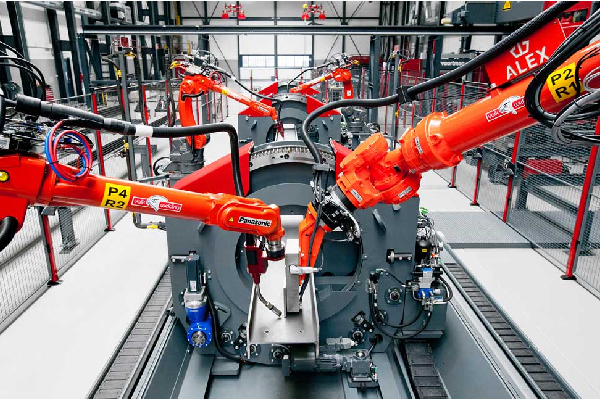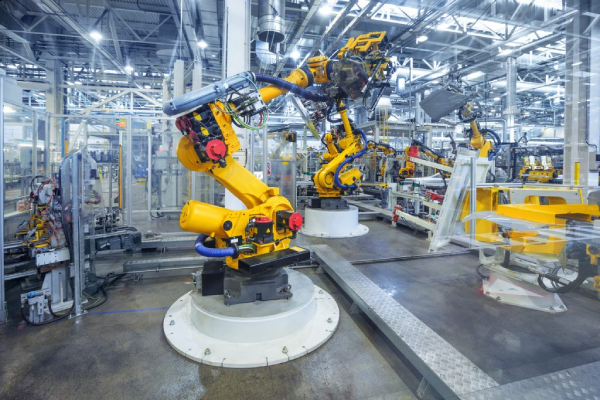Watch out for the latest technologies in mild steel and metal fabrication industries
Latest technological advancement in steel industries
The steel industry has been witnessing a massive shift in production technologies over the last few decades. Open hearth processing and long product production that once dominated the production industry has paved the way to modern methods like continuous casting and electric arc furnaces. It is equally interesting to note that all these emerging technologies directly or indirectly influence the price, quality and manufacturing of steel, causing a huge revolution in the global market. However, what makes the latest technologies even more endearing and acceptable is their abilities to facilitate production that less impacts the environment.
The article here discusses four major developments in steel making industries that have successfully met growing customer demands, sustained the impacts of e-mobility & digitalization and are producing high-quality steel with eco-friendly production techniques. The article also sheds light on metal fabrication Singapore industries that have also undergone massive technological shift and are producing high-quality products for diverse industries.
Four eco-friendly steel production technologies explained
ORC (Organic Rankine Cycle) technology
The technology is based on the closed-loop thermodynamic system that generates thermal and electric power for distributed generation. The system exploits multiple resources, including renewables like geothermal, solar and biomass resources, and traditional fuels. However, the major source is the waste heat generated from water incinerators, industrial processes, gas turbines, and engines. While the working principle of the ORC unit is the same as that of the Rankine cycle, the input source in ORC is generated by vaporizing organic fluids, which slowly rotates the turbines. The entire production attributes lesser metal part abrasions and increased energy output that could light up to 700 houses nearby. The low carbon footprints also make this method more reliable.
HYBRIT technology
The technology, the brainchild of -SSAB, Vattenfall & LKAB, three Swedish organizations, utilizes Hydrogen in the production process to reduce carbon emission. The production strives to achieve a zero-carbon release by using Hydrogen as the reducing agent and help mitigate the carbon released into the atmosphere. The sponge iron obtained in the production is fed into EAF or BOF to produce steel.
Jet process
This highly innovative steel production solution enables the operation of converters with 100 per cent sponge iron and scraps. Melt shop operators can now leverage the price fluctuations of scraps and HBI (Hot Briquetted Direct Reduced Iron) and use them for conversions whenever there is a shortage of raw materials. The method is also highly eco-friendly as the process attributes the reduced CO2 emissions, inspiring several operators to adopt this innovative method.
Molten Oxide electrolysis
Molten oxide electrolysis is a quick metal production process involving metal manufacturing from oxide in a liquid state. The process is known to simplify the production process significantly. The process also consumes less energy and generates less toxic wastes. However, the whole production is facing great challenges. Studies are ongoing to implement Molten oxide electrolysis on a larger scale that produces superior quality products and mitigates the emission of greenhouse gases.
Evolving technologies in steel fabrication
Check Out – The evolution of metal fabrication has been drastic with the introduction of innovative tools and strategies that reshaped metals in various industries. Here is a brief go through of technologies, which is keeping metal fabrications at the top of its operation.

Impact of automation
The introduction of robotics and automation in the mild steel and metal fabrication industries has doubled production and increased productivity. Automation adds precision and speed to the entire production process. With more and more innovations in the pipeline, the future will surely witness the fabrication industry running solely on automation.
Evolution of 3D printing
The amazing printing technology is strengthening its hold in almost all manufacturing industries with its innovative designing methods. 3D printing is now extensively used in designing concrete, plastics, steel, and masonry products. Besides the techniques’ efficiency in designing parts with utmost precision, the technique is also known to produce less waste and implements optimized power usage solutions.
Reduced dependency on steel
Latest fabrication solutions have opened up stellar machining techniqueschchi that use diverse materials. While many of the existing machining techniques are designed for specific materials, the modern ultrasonic machining technique caters for fabrication to a wide range of materials like ceramics, glass, silicon, ferrite, etc. These advanced practices can considerably reduce the usage of steel.
